The furniture cutting machine is a vital tool for achieving precision and efficiency in furniture manufacturing. These sophisticated devices are adept at performing a range of tasks, from simple cuts to elaborate designs, and are essential in sectors where accuracy and speed are paramount.
Types and Characteristics of Furniture Cutting Machines
A variety of furniture cutting machines exist, each with its own set of distinctive features. The sliding table saw cutting machine is celebrated for its accuracy in straight cuts and its suitability for processing large wood panels. Conversely, CNC cut furniture machines boast exceptional adaptability, capable of crafting intricate patterns and shapes with the aid of computer-controlled precision. For tasks involving upholstery, upholstery foam cutters are designed to cut foam cleanly, preventing the compression often caused by other cutting methods. The woodworking cutting table is a fundamental component of these machines, offering a solid and dependable platform for cutting operations. Each machine type fulfills a specific role, from industrial fabric cutting tables used in textile production to plasma cut furniture machines that serve the metalworking demands of the furniture sector.
Structure and Operation of Furniture Cutting Machines
The architecture of a furniture cutting machine is a testament to engineering ingenuity, comprising several crucial elements. Central to the machine is the cutting apparatus, which can range from circular saws in sliding table saws to laser or plasma cutters in CNC systems. The motor, frequently a famous brand motor, supplies the requisite power, propelling the cutting blade or head with exactitude. The gearbox ensures seamless operation, converting motor power into movement that is both steady and precise. The PLC (Programmable Logic Controller) acts as the machine's intellect, enabling programmable patterns and cuts, a feature particularly vital for CNC machines. These components operate in harmony, steered by an intuitive interface that permits operators to tailor their cutting tasks to various materials and designs.
Materials and Properties in Furniture Cutting Machines
The construction materials for furniture cutting machines are selected for their robustness and efficacy. Frames and parts are typically fashioned from high-grade steel to guarantee stability and endurance. Cutting blades are often crafted from carbide or diamond-tipped substances, ensuring sharpness and resilience to meet the rigors of slicing through tough materials. The deliberate choice of these materials aims to diminish wear and tear, reduce maintenance needs, and maintain optimal machine performance over prolonged periods.
Business Usages and Applications
In diverse commercial environments, furniture cutting machines are indispensable. Manufacturing facilities leverage these machines to expedite the cutting of panels and boards. Building material outlets employ them to provide bespoke cutting services, while construction firms depend on them for on-site material cutting with precision. In furniture production factories, these machines form the production linchpin, empowering artisans to forge intricate designs and bespoke items. The capacity to deliver high-quality cuts swiftly translates into considerable business advantages, curtailing labor expenses and elevating product standards.
Functions and Tasks of Furniture Cutting Machines
The fundamental role of a furniture cutting machine is to furnish exact cuts across various materials used in furniture construction. Beyond mere cutting, these machines are equipped for buffing, scraping, fine trimming, corner trimming, end trimming, and rough trimming. The sofa cutting machine is specially engineered to navigate through foams of varying densities, while the cupboard cutting machine is customized for assembling cabinetry components.
Features and Unique Selling Points
Furniture cutting machines possess attributes that distinguish them from their rivals. The wood table cutter machine often features a tilting blade, enabling angled cuts crucial for complex joinery. CNC machines, with minimal manual input, offer automation and precision, equipped with sophisticated software that can preview and strategize cuts prior to their execution. These machines' unique selling propositions include their versatility in managing different materials, their cutting precision, and their capacity to minimize waste through optimized cutting trajectories.
Benefits and Improvements for Users
The advantages of employing a furniture cutting machine are numerous. They deliver a precision that manual cutting cannot rival, resulting in an enhanced finish and fit for furniture items. The machines' efficiency also translates to swifter production cycles, enabling businesses to complete orders more rapidly and boost their throughput. Additionally, the safety mechanisms integrated into these machines, such as emergency stops and safety guards, contribute to a more secure working environment for operators.
How to Use and Operate Furniture Cutting Machines Effectively
Effective operation of a furniture cutting machine necessitates a grasp of its functions and capabilities. For example, when utilizing a sliding table saw cutting machine, it's crucial to adjust the blade height and angle to match the material's thickness and the desired cut. CNC machines demand the programming of the design into the software before commencing the cutting process. Regular calibration and alignment checks are essential to maintain cut accuracy.
How to Choose the Right Furniture Cutting Machine
Selecting the appropriate furniture cutting machine involves evaluating your business requirements, the materials you intend to cut, and the volume of work. An automated CNC machine may be the optimal choice for repetitive, high-volume tasks. For smaller operations, a manual or semi-automatic wood table cutting machine may be more suitable. Consideration should also be given to the after-sales services on offer, such as technical support and maintenance provisions.
How to Clean and Maintain Furniture Cutting Machines
Proper cleaning and maintenance are imperative for the longevity and functionality of furniture cutting machines. This includes the routine lubrication of moving parts, removal of sawdust and debris from the cutting area, and ensuring that cutting blades or heads remain sharp and undamaged. Adherence to scheduled maintenance protocols, as recommended by the manufacturer, is also crucial.
Target Audience and Meeting Needs
The intended market for furniture cutting machines encompasses entities within the furniture production industry, construction firms seeking precise cutting capabilities, and specialized carpentry shops focused on tailor-made designs. These machines satisfy the demands of such clients by offering dependable, accurate cutting solutions that improve the end product's quality and streamline the manufacturing process.




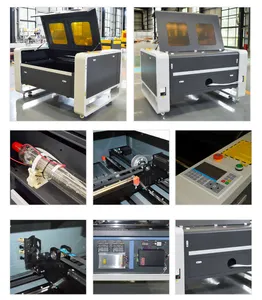







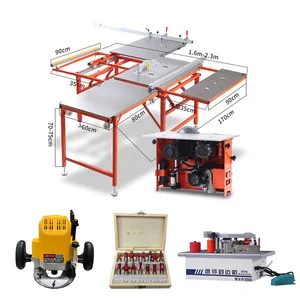
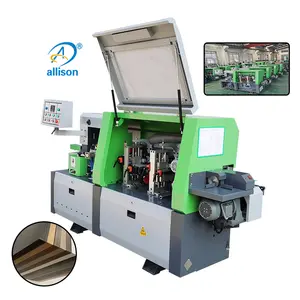



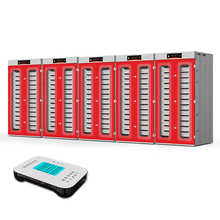
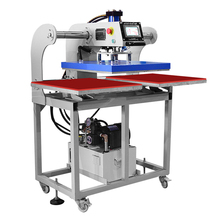
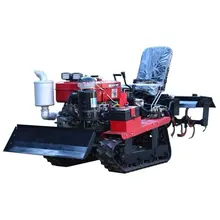





























 浙公网安备 33010002000092号
浙公网安备 33010002000092号 浙B2-20120091-4
浙B2-20120091-4